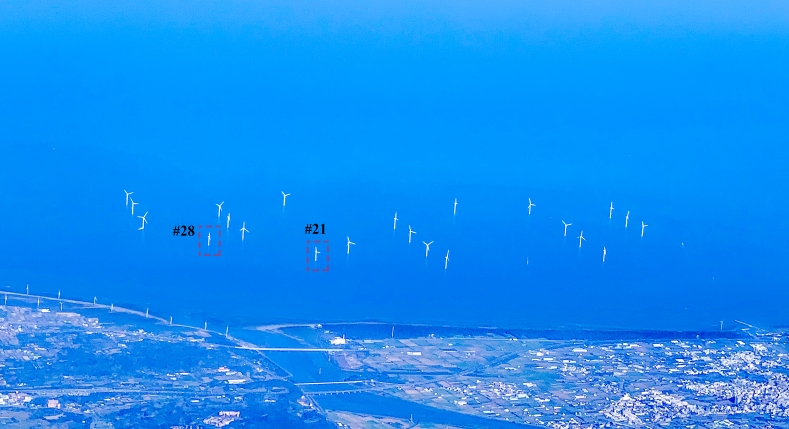Listening under the Sea: NTU Uses Bioacoustics to Record Fish Chorusing
An international research team led by Prof. Chi-fang Chen (陳琪芳), Postdoc Dr. Shashidhar Siddgangaiah, and Ph.D. candidate Wei-Chun Hu (胡惟鈞) of NTU's Department of Engineering Sciences and Ocean Engineering has been examining how typhoons and flooding may cause fish to cease their normal chorusing patterns during seasonal changes in the Eastern Taiwan Strait. The team published their findings in Ecological Indicators on Feb 23, which also appeared in the highlight section of Nature Climate Change April issue.
Ocean researchers have long analyzed the temporal trends and spatial patterns of marine sounds to learn more about the abundance, distribution, and behavior of fish and other marine species. Such research is conducted to augment the present insufficient data on species-specific temporal and seasonal changes. To obtain accurate species-specific behavior estimates, Chen’s team began a five-year fish vocalization recording project in 2014 — the longest recording project on fish vocalization ever conducted.
The greatest challenge the researchers faced was to extract accurate data from large passive acoustic datasets that included other biological sounds and sound sources. To address this issue, Chen’s team introduced an efficient ecoacoustical index to automatically extract fish vocalization from large recordings, greatly facilitating the reading process.
Findings revealed a periodic fish chorusing pattern influenced by abiotic parameters, such as temperature, tide, and moon phase, with peaks in summer and almost complete silence for two months during winter. This groundbreaking discovery indicates how extreme weather events (e.g., typhoons, storms with sediment resuspension) may be correlated with the cessation of fish chorusing.
In the research, the team also raised concerns over how the government’s initiative to build offshore wind farms could increase the presence of anthropogenic factors at sea and undermine the well-being of marine species. To monitor such possible adverse effects, Chen’s team has deployed passive acoustic devices near windfarm areas in Miaoli and Changhua.
The chorusing pattern examined in this long-term study provides important baseline data for examining the impact of anthropogenic factors, climate change, and climate-driven episodic events on fish phenology while demonstrating how ambient conditions can significantly alter the phenology of vocalizing marine species.

Aerial view of Turbines #28 and #21 in the Miaoli windfarm. The turbines were installed in 2016, and Prof. Chen’s lab has monitored the noise levels in the area throughout the construction, installation, and operation phases. (Photograph taken by Dr. Shashidhar on January 14, 2021).